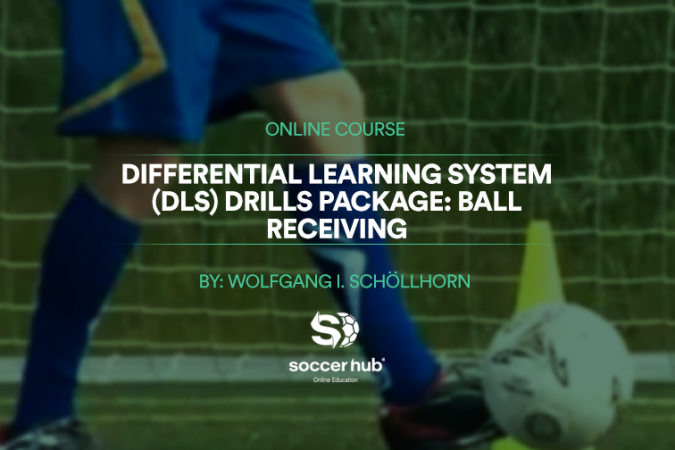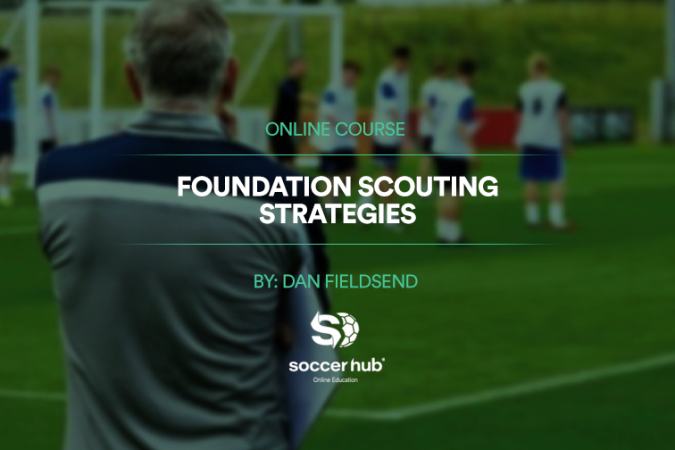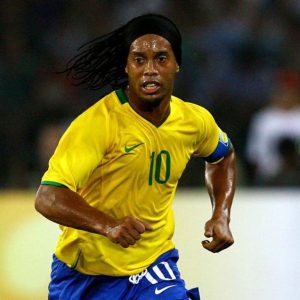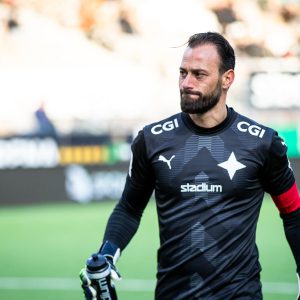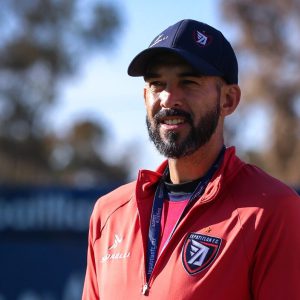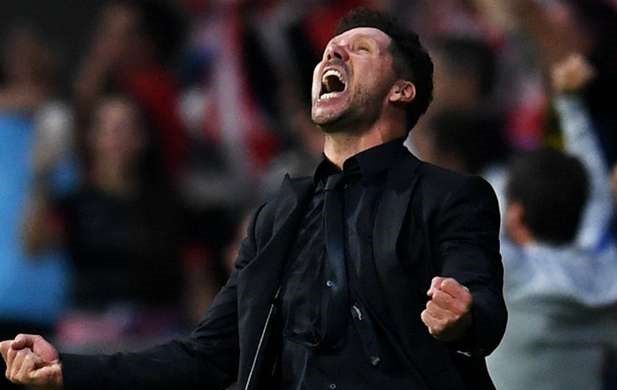

Soccer Training: The modelling that requires feelings and emotions
Me or them? What game? Mine? Theirs?
The offered training must be provided by competent, effective and, above all, sensitive people. Sensitivity to understand how to make others learn and learn how to play .. but what game?
A complex game due several factors: the amount of relationships it can encompass, the members we play with, the amount of information that has to be dealt with in such a short period of time.
It’s all about choices. But we make choices based on what?
It is critical to understand this game through the eyes of complexity, which is correlated to the amount and quality of information, but also to the need to Interact in a synchronized manner in time and space.
A game that intends to be a Collective one, which in its natures is Collective cannot be handled from what are the parts.
The parts which are only parts because there is a WHOLE, otherwise they would not be parts. Being that the Whole must cover the parts simultaneously allowing the parts to form a Whole.
Fractals of a game, in which the whole has to exist as a Whole, even representing parts, as they are the interim connections (i.e., something that is not visible or quantifiable) which allow determining the presence of the Whole in the parts (the criterion).
All this insights which seems so theoretical are indeed crucial to understand what is Imperative when being leaders of a modelling process (ability to train).
The trainer, using its training, must be the evolution catalyst always respecting the relationship Collective / Individual.
Always starting from the Whole to the parts. A Whole that is perceived based on Common References… when action becomes InterAction.
We must stop thinking that a certain exercise can be “transferred” to the game. The game only has the “transfer” of the game, to the game and WITH the GAME.
We cannot create any given context; when in the pitch of training, we are responsible and also catalysts of the children’s learning process (they are not small adults…) so we must always be aware of their needs and their perception of space, time and game.
The quality of the biases will be as much as more open and more closed it is.
Closed as far as its Redundancy is concerned, A Redundancy that has to model, promote and at the same time be open to A variability in its manifestation, both at the macro level and at smaller scales.
The identification of the goal and of the actual criterion must be well defined in each exercise, being that I cannot do the exercise (in better cases, create contexts) according to what I think it would be good or bad, but rather based on the need.
A constraint (which should be the valorisation of something…) that should not be restrictive (I can only mark later…). This type of restrictions only eliminates truthfulness of what is the chaotic nature of the game. A chaos that we want to be determinant (as it is limited by our Way of InterAction) but that still has to be Chaos.
When I create a context, I create it to allow a situation that I want to happen, but also what I don’t want to happen, that is what I do not consider.
A good trainer is someone who, considering the context, also adapts himself to the answers he is receiving…being these convergent or divergent from what he previously thought of.
A Preliminary Intent that through Modelling becomes An Intent in Action… It is this path which starts with a Preliminary Intent, but that has as “road” the Intent in Action, that the modelling act must not become a behavioural modelling.
When paper and field become common, something is wrong, as training is like “drawing without using an eraser”…
The ability of each trainer to interact in these moments of divergence (at a conceptual plan) can lead answers which are convergent with the Future (intention)…becoming thus the team less fragile… “anti-fragile” when facing unfavourable contexts for which there is no previous equation.
Empower or maximize?
When addressing seniors or the TOP, the need to maximize each individual’s potential (what makes the difference concerning a technical, physical, cognitive component, etc.) is essential to obtain the maximum performance possible for each individual without losing the connection to the Collective Matrix. Performance is crucial.
However, it still is important to understand the need to give them something different from what they already know.
To grow their Know How from a KNOWLEDGE ABOUT THE KNOW HOW.
However, regarding training, our starting point should in fact be that one. Their KNOW HOW, but always having as finishing point what can be the maximization of their potential and not only their performance.
If I have a player who is strong at 1 × 1, for example, I should never eliminate that strength!! But how should I maximize this benefit without losing a path that can result in enhancement?
The key here is to offer a diversity of contexts that is in itself empowering and which allows us to navigate through the path of diversity. But, for this to happen, we will always have to understand the how and when.
The collective timings but also the individual timings. In addition, we need to have consistent criteria for each player’s intervention, so that he can maximize his talent (differentiating element).
Learning and differentiating the WHEN will be vital for this to happen.
I must be able to teach the when, the why… as the how must be natural in that what is its idiosyncrasy, its phylogenies.
Therefore, along the way with the contextual diversity, games with 2 football goals, one football goal, no football goals, with support, without support, with more players, with fewer players, with more or less intervention .. it’s vital to determine if they are doing something that they weren’t. And to what extent are they still doing what they were already doing? This is growth.
Leveraging and maximization of talent !! as deliberate practice alone will bring evolution … what sets the best apart is the forwarding of that evolution within a direction which has to be FELT by EVERONE.
This is only possible if our training process is based on methodological principles which interact with each other within a connection pattern in an InterDependence relationship allowing us à la Long (nonlinear) the construction of a concrete Play, rich and variable without ever losing the evolutionary matrix which is a characteristic of the living dynamic systems.
From 7 million years ago up to now, Man has grown, evolved and managed to shape his ontogenesis allowing him not only to evolve as a species but also leveraging his own talent being that the differentiating characteristic from all other species (the brain). This allowed us not only to be bipedal, to write, to speak as well as to develop fine motor skills in both the lower limbs (so we play soccer) as well as the upper limbs (its shortening has resulted in shorter arms than legs, allowing us to write, pick up objects, etc ..).
Yet, in its essence, Man has never ceased to be… Man.
Our emotions, despite being hidden (compared to prehistory) continue to exist in the same way, with stimuli that trigger them making us intervene, interact, act and fundamentally live in society.
If this has happened in a species of living beings, at a smaller scale, we will have to, as catalysts of the training process, achieve a MODELING of the intentional plan of those trained by us, but the modelling cannot turn into the moulding of the same, as this will be restrictive, reductive and simultaneously inhibitor of the individual growth.
In Lateral Esquerdo – Álvaro Costa
Find more about this subject in one of our courses at: www.hub-soccer.com
Follow us on Facebook!
Categories
Latest Courses
-
9 Lessons
-
1 Lesson
-
6 Lessons
You May Also Like
-
-
August 1, 2022
-
-
June 3, 2022
-
-
May 27, 2022

